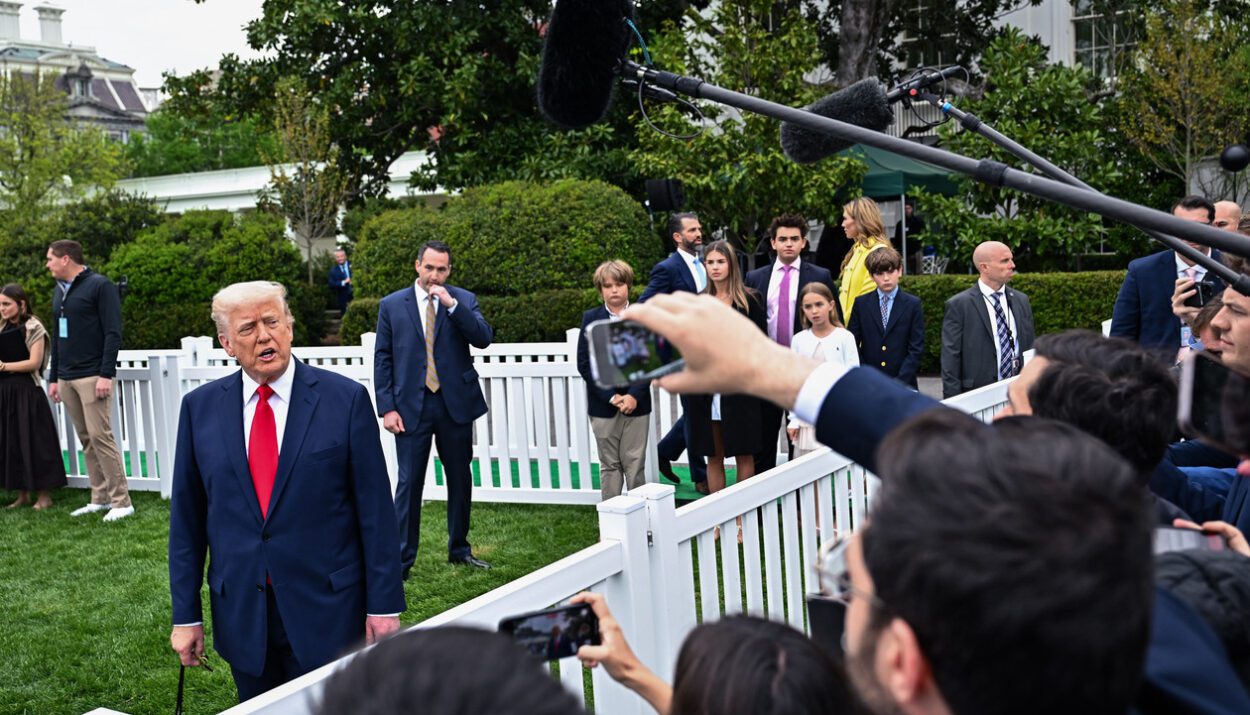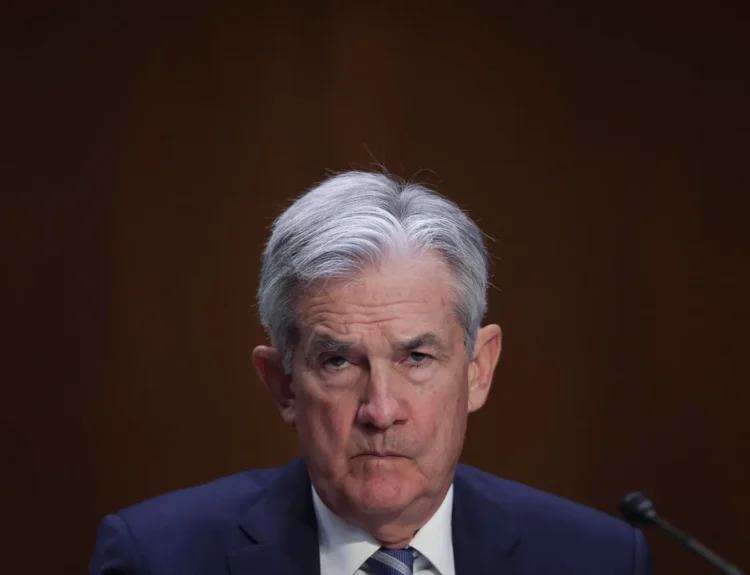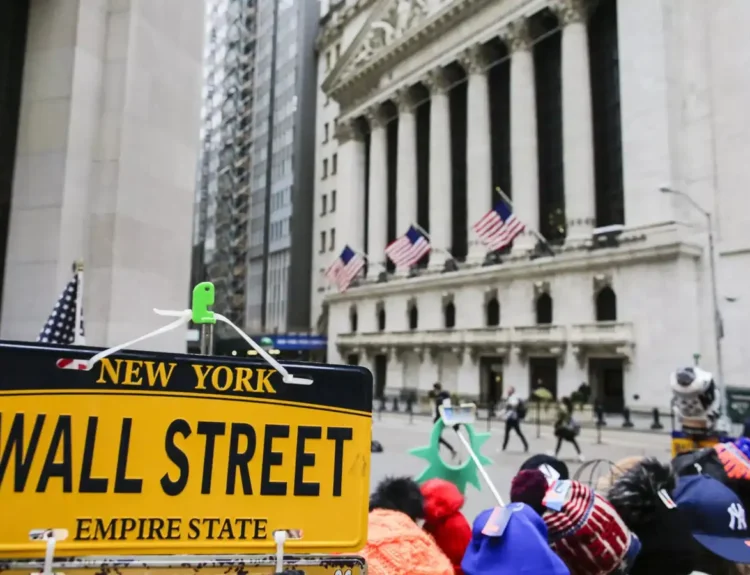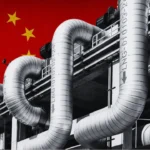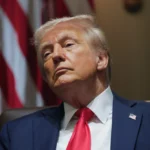The Biden administration is closing in on broad trade “frameworks” with Japan and India to delay steep tariffs set to hit over 60 countries this summer — but actual trade deals are still months away, according to multiple sources familiar with White House strategy.
“These things are complicated… It may take months to hammer out the final deals,” one source told POLITICO, referring to what are being described internally as memorandums of understanding, or “architecture” for future agreements.
Rather than finalising full-fledged trade deals, administration officials plan to roll out symbolic announcements over the coming weeks, signalling that negotiations are underway and relationships are progressing — a political strategy aimed at calming anxious markets and U.S. allies, following the shock of Trump’s sweeping April tariff plan.
Not Deals, Just Deals to Start Talking
One insider close to the White House bluntly said:
“I wouldn’t even call them deals… It’s an agreement that we would like to talk about doing a deal.”
Vice President JD Vance echoed this during his recent India visit, saying the U.S. and India had finalized “terms of reference” and were “hard at work” on a trade agreement — but offered no timeline. Japan has also signaled reluctance to rush a deal. Prime Minister Shigeru Ishiba told parliament:
“We do not intend to make one compromise after another to conclude negotiations swiftly.”
Tariff Clock Is Ticking
On April 2 — dubbed “Liberation Day” — President Trump announced reciprocal tariffs as high as 50% on imports from over 50 countries and the EU. The backlash was swift.
- On April 9, he paused the new tariffs for 90 days, excluding China, whose goods now face a 145% tariff.
- But uncertainty continues to weigh on markets and consumer sentiment.
The Dow dropped nearly 1,000 points on Monday, tracking toward its worst April since 1932.
The White House is under pressure to demonstrate meaningful trade progress as economic indicators flash red and Trump’s ongoing threats to remove Fed Chair Jerome Powell further shake investor confidence.
“Frameworks” to Ease Market Jitters?
According to Kevin Madden of the Penta Group:
“Congressional allies want to point to frameworks. At the very least it gives momentum and political breathing room.”
But experts warn that speed over substance could backfire.
Wendy Cutler of the Asia Society said:
“If we have leverage with tariffs, why rush? We should seek durable, strategic deals, not transactional band-aids.”
Treading Carefully With China’s Neighbors
One key goal of these frameworks, sources say, is to signal that the U.S. — not China — is the major partner for India and Japan. But any implication that they’re distancing from Beijing is risky. China has deep trade ties with both and has warned strongly against any deal “at the expense of the Chinese side.”
China’s Commerce Ministry described U.S. pressure as “bargaining with a tiger for its skin.”
The White House is moving quickly to announce symbolic progress with key partners, but with less than 80 days left on the tariff clock, time is running out to turn diplomacy into policy — and markets are watching closely.
Disclosure: This article does not represent investment advice. The content and materials featured on this page are for educational purposes only.
Related:
Bear Market Survival Guide: How to Stay Smart, Calm, and Positioned for the Rebound
OpenAI spends ‘tens of millions of dollars’ on people saying ‘please’ and ‘thank you’
The Role of Fiscal Dominance in Monetary Policy
US Imposes Tariffs Up to 3,521% on Asian Solar Imports
Authorities use high tech, called “Overwatch” to enhance border security


